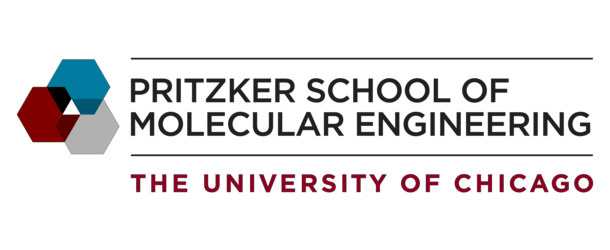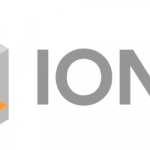New Techniques Improve Quantum Communication, Entangle Phonons

(Phys.org) Scientists with the Pritzker School of Molecular Engineering (PME) at the University of Chicago have demonstrated a new quantum communication technique that links two communication nodes with a channel–a technique that an send information quantum-mechanically between the nodes—without ever occupying the linking channel. Professor Cleland, the John A. MacLean Sr. Professor of Molecular Engineering at Pritzker Molecular Engineering and a senior scientist at Argonne National Laboratory. “We’re excited about what these results might mean for the future of quantum communication and solid-state quantum systems.”
Sending quantum information via photons over traditional channels, such as fiber-optic lines, is difficult: the photons carrying the information are often corrupted or lost, making the signals weak or incoherent. Oftentimes a message must be sent several times to ensure that it went through.
Cleland wanted to find a method to send quantum information without losing it in the transmission. He and his team, including PME graduate student Hung-Shen Chang, developed a system that entangled two communication nodes using microwave photons—the same photons used in your cell phone—through a microwave cable. For this experiment, they used a microwave cable about a meter in length. By turning the system on and off in a controlled manner, they were able to quantum-entangle the two nodes and send information between them—without ever having to send photons through the cable.



























